- Home
- About eLab
- Products
- Civil Engineering Lab Equipments
- Civil Engineering Lab Instruments
- Mechanical Engineering Lab Equipment
- Electrical Engineering Equipment
- Electronics and Communication Engineering Lab Equipment
- Object Drawing Models Training System
- Construction Machines Models
- Civil Engineering Models
- Acoustic Testing Equipment
- Forces Apparatus
- Theory Of Machines
- Laboratory Strength Of Materials
- Engineering Surveying Instruments
- Applied Thermodynamics
- Civil Engineering Instruments
- Spring Testing Machine
- Acrylic Working Demonstrators
- Cut-Away Valves
- Cement and Concrete Testing Equipments
- Soil Testing Lab Equipments
- Asphalt and Bitumen Testing Lab Equipments
- Aggregate Testing Lab Equipments
- General Lab Testing Equipments
- Engineering Mechanics Lab
- Surveying Equipments
- Civil Lab
- Technical Engineering Lab Equipments
- Drawing Room Lab Equipments
- Plumbing Workshop Instruments
- Electrical Installation Workshop
- Data Acquisition Trainer
- Automobile Engineering Lab
- Engineering Labs Equipments
- Automobile Engineering Models Training System
- Carpentry Workshop Equipments
- Metallurgical Lab Equipments
- Textile Engineering Lab Equipments
- Technical Training Supplies
- Electronics Workbench
- Microwave Engineering Lab Equipments
- Mechanical Engineering Lab
- IC Engine Lab Equipments
- Soil And Structural Materials Laboratory
- Technical Engineering Workshop Machinery
- Aeronautical Engineering Lab Equipments
- Physics Lab Equipments
- Hand Presses Tor Toggle Rod Cutting Machines
- Educational Workshop Training Machines
- Vocational Training Lab Equipments
- Educational CNC Machines
- Civil Engineering Workshop Training Lab
- TVET Training Workshop Lab
- Electrical Labs Equipments
- Educational Lab Products
- Fluid Mechanics Lab Supplies
- School Laboratory Supplies
- Science Lab Equipment
- Testing Equipment
- Mechanical Workshop Lab Equipments
- Laboratory Equipments Supplies
- Green Technology Lab Trainers
- Lab Tender Educational Supplies
- Hospital Medical Lab Supplies
- Food Technology & Processing lab
- Engineering Education Lab Equipments
- Power Engines and Machines
- Internal Combustion Engines
- Electrostatics Field Equipment
- Technical Educational Equipments
- Lab Equipments
- Microprocessor and Microcontroller Lab
- Science and Technology Equipments
- Automobile Engineering Models
- Development Tools
- Handy Copiers
- Serial Programmer
- Parallel Programmer
- USB Programmer
- Gang Programmer
- Equipment Engineering Education
- WATER DISTILLATION UNITS
- Engineering Models Training System
- Heat Engine Lab Models
- Thermodynamics Lab Training System
- Heat Transfer Education Lab
- Refrigiration and Air Conditioning
- Turbo Machinery Lab
- Theory of Machine Labs
- Refrigeration and Air Conditioning Equipments
- Heat and Mass Transfer Lab
- Industrial Fluid Power Lab
- Measurment and Control Lab
- Thermodynamics Lab
- Tilting Flume
- WIND TUNNEL
- Steam Power Plant Lab
- Heat Engine Lab, IC Engine Lab
- Production Technology Labs
- PCR MACHINES
- HIGHWAY ENGINEERING LAB
- BLOOD BANKING INSTRUMENTS
- BIOTECHNOLOGY MEDICAL
- Chemical Reaction Lab Equipments
- Incinerator
- Razor Sharpener
- Charts
- Bottle Top Dispenser
- Adsorption in Packed Bed
- Training Workshop Labs
- Automotive and Transportation
- Mechanical Engineering Laboratory Equipment
- Science Lab Products
- Chemistry Lab Equipment
- Educational Biology Lab Equipments
- Molecule Science Lab
- Dissection Equipment
- Prepared Slides Science Lab
- Cell Biology Equipments
- Zoology Science Lab
- Biology Kits
- Botany Science Lab
- Skulls School Lab
- Animal Model
- Human Models
- Bone Model
- Brain Models
- Digestive System
- Learning Science Lab
- Pre-Primary Science Lab
- Primary Science Lab
- Middle School Lab
- Science Material Lab
- Stationery School Lab
- Classroom Student School Lab
- Educational Kits School Lab
- Physical Education School Lab
- Glassware School Lab
- Educational Laboratory Microscopes
- Measuring School Lab
- Scientific Lab Plasticware
- Mathematics Lab Equipment
- Magnets Science Lab
- Agriculture Science Lab
- Archaeology Science Lab
- Astronomy Science Lab
- Bioengineering Science Lab
- Bioenergy Science Lab
- Bioinformatics Science Lab
- Computer Science Lab
- Dentistry Science Lab
- Earth Science Lab
- Epidemiology Science Lab
- Ethnology Science Lab
- Frog Surgical Science Lab
- Geography Science Lab
- Gloves Science Lab
- Greenhouse Science Lab
- Safety Lab Coat Science Lab
- Laser Science Lab
- Mask Science Lab
- Electricity Equipments Science Lab
- Meteorological Science Lab
- Heat Science Lab
- Burners School Lab
- Heating Mantle School Lab
- Balances School Lab
- Centrifuges School Lab
- Hot Plates School Lab
- Water Bath School Lab
- Laboratory Instruments
- Laboratory Stirrer School Lab
- Stand bases Rods and Rings School Lab
- Bosshead School Lab
- Retort Clamp School Lab
- Clinical Laboratory
- Communication Equipment
- Electricity and Magnetism School Lab
- Workshop Machines Equipments
- CNC Machines
- Lathe Machines and Tools
- Drilling Machines
- Milling Machines and Tools
- Workshop Presses Machines
- Sheet Shearing, Bending, Rolling Machines
- Shaping, Planning, Planomiller Machines
- Hacksaw, Slotting, Cutting Machines
- Vertical Turning, Facing Heavy Duty Lathe
- Universal Gear Hobing Machines
- Horizontal Boring Machine
- Grinding Machines
- Sheet Metal Machines (Hand Operated)
- Sheet Cutting and Bending Machines (Manual)
- Pipe Bending Machines
- Gas Cutting Machines
- Workshop Handling Equipments
- Circle Cutting Machines
- Wood Working Machines
- Modular Furniture Processing Machines
- Garage Workshop Machines
- Machine Tools & Milling Accessories
- Small Scale Industrial Plants
- Bolt and Screw Making Machines
- Lathe Milling Adda, Soltting, Grinders, Rivet Machines
- Roll Forming Machines
- Hose Crimping Machines
- Construction Machines
- Coil Winding Machines
- Welding Machines
- Cut Off Machines
- Bolt & Pipe Threading Machines
- Ducting Machinery
- Hand Tools and Power Tool Manufacturers
- Workshop Tools and Consumables
- Wood Workshop Equipments
- Metal Workshop and Sheet Metal Equipments
- Manufacturing Machine Shop
- Welding Workshop
- Fluid Mechanics and Hydraulic Machine Lab Equipments
- Demonstration Laboratory
- Heating and Ventilation
- Materials Laboratory
- Foundary Laboratory
- CAD Lab Equipments
- Mechatronics and Fluid Power Systems Laboratory
- Advanced Manufacturing Laboratory
- Consumables Materials for Basic Workshop
- Safety Equipment
- Milling Cutters
- Turning Tools
- Industrial Engineering Equipment
- Mechanical Engineering Didactic Lab
- Structural Engineering Lab Equipments
- Process Control Engineering Lab Equipments
- Industrial Electronics Lab Equipments
- Analytical testing instruments
- Renewable Energy Trainers
- Telecomunication Lab Equipments
- Measurement And Instruments Lab
- Enverionment Lab Equipments
- Power Control Engineering Lab Equipments
- Instrumemtation And Control Lab Equipments
- Civil Enginerring Industrial Lab
- Electrical Workbench
- Test And Measurement Instruments
- Rafrigeration And Air Conditionins Lab
- measuring instruments and tools
- Industrial Installation trainer
- Advance Communication Trainer
- Masonry Workshop Tools
- Electrical Control Trainer
- Process Control Trainer Sensor
- Engineering Training Lab Machines
- Strength of Materials
- Structural Demonstration Models
- Mechanical Vibrations
- Friction-Tribology
- Fluid Machines Laboratory Instruments
- Heat Transfer Laboratory Instruments
- Theory Of Machines Laboratory Instruments
- Thermodynamics Laboratory Instrument
- Mechanisms Laboratory Instruments
- Hydraulics And Pneumatic Laboratory Instruments
- Fundamentals of Thermodynamics
- Control System Lab
- Shear Testing Equipment
- Fluid Mechanics Fundamentals of Aerodynamics and Airflow
- Fluid Mechanics
- Fluid Mechanics Hydrology Engineering
- Fluid Mechanics Flow in Pipes
- Fluid Mechanics Turbomachine Demostrators
- Fluid Mechanics Turbomachines
- Process Control Engineering
- Applied Mechanics Equipments
- Heat Engine Boiler Models
- Mountings & Accessories Of Steam Boilers
- Models Of Steam Engines & Accessories
- Engineering Mechanics and Machine Elements
- Mechanical and Maintenance Trainers
- Fluid Mechanics Components in Piping Systems
- Geotechnical Engineering Lab Equipments
- IC Engine Lab Trainer
- Fluid Machinery Lab Equipments
- Fuel Testing Lab Equipments
- Dynamics of Machine Lab Equipments
- Heat Transfer Lab Equipments
- Refrigeration and Air Conditioning Lab
- Mechatronics Lab Equipments
- Measurement and Control Lab Equipments
- Applied Mechanics Lab
- Automobile Engineer
- Data Acquisition
- Cam Lab
- Applied Mechanics Training System
- Hydraulics Fluid Mechanics Training System
- Hydraulic Machine Lab
- Centrifuges and Laboratory Stirrers
- Electrical Engineering Lab Equipments
- Electricity Physics Experiments
- Electronic Lab Engineering Instruments
- Electrical Testing Equipment
- Electromagnetism and Induction
- Electric Motor and Generator Teaching Systems
- Radio Frequency and Microwave Products and Instruments
- Electronics Trainer Kits Instruments
- Electronics Lab Taining Modules
- GM Counter
- IC Testers and Programmers
- Analog and Digital Circuit Lab
- Communication Lab
- Basic Electronic Lab
- Digital Communication Lab
- Digital Electronics Lab
- Advanced Digital Lab Trainer
- Fiber Optics Lab
- Instrumentation Lab
- PCB Designing Lab
- Power Electronics Lab
- Refrigeration and Air Conditioning
- Refrigeration Engineering Lab Equipment
- Heating and Ventilation
- Analog Electronics Trainers
- Antenna, Satellite, Radar and RF Trainers
- Process Trainers
- IC Testers
- VLSI Lab
- Embedded Lab
- AUTOMATION LAB MACHINES
- CNC LAB MACHINES
- Electrician Lab Machines
- Electronic Lab Machines
- INTELLIGENT BUILDING LAB MACHINES
- Vehicle Trainer Lab Machines
- REFRIGERATION LAB MACHINES
- Common Testing Equipments
- Equipments for Testing Switches and Plugs Sockets
- EQUIPMENTS FOR TESTING SWITCHES ONLY
- Equipment for Testing CeIling Roses Only
- EQUIPMENTS FOR TESTING PLUGS & SOCKETS ONLY
- EQUIPMENTS FOR TESTING LAMP HOLDERS ONLY
- CENTRIFUGES and MAGNETIC STIRRERS and ELECTROPHORESIS
- SCIENTIFIC AND LABORATORY RESEARCH APPARATUS
- Turbine
- HEAT TRANSFORMER LAB
- FLUID MECHANICS LAB
- MEDICAL INSTRUMENTS
- I.C. Engine Lab Equipments
- Engineering Electronic Instruments
- Analytical Instruments
- AUTOCLAVES
- MICROSCOPES
- Control Engineering Lab
- ENGINEERING AND ELECTRONIC INSTRUMENTS
- Theory of Structure Lab
- Educational Laboratory Equipments
- Analytical Lab Instruments
- Electrochemistry Instruments
- Flame Photometer
- Pharmacology Instruments
- Tablet Making Machine
- Water Still
- Apparatus For Isolated Uterus Intestine
- B.O.D. Incubator
- Egg Incubator
- Incubator Bacteriological
- Drying Oven Industrial
- Hot Air Universal Oven
- Shaker
- Incubators
- Baths
- Pipette Washer Automatic
- Tissue Homogeniser
- Moisture Meter
- Mortuary Chamber
- Kjeldahl Units Without Glass Part
- Moisture Titrator
- Soxhlet Extraction Unit
- Fluorometer
- Dissolution Test Apparatus
- Friability Test Apparatus
- Pyrogen Testing Instrument
- Tap or Bulk Density Apparatus
- Leak Test Apparatus
- Flocculator Jar Test Apparatus
- Pharmacy Laboratory Equipments
- Clean Air Benches
- Bio Safety Cabinet
- Laboratory Fume Hoods
- Fumigation
- Environmental Growth Chamber
- Ovens
- Water Distillation Plant
- Hot Plates Warming Tables
- Dry Block Digester
- Shaking Machines and Stirrers
- COD Digester
- General Laboratory Equipment
- Spectrophotometer
- Pharmaceutical-Instruments with Pharmacology Equipments
- Hospital Lab Equipments
- Hospital Furniture
- Clean Air Systems
- Heat and Refrigeration Systems
- Medical Anatomy Instruments
- Deep Freezer
- Blood Bank Instruments
- Medical Chamber
- Blood Bank Equipment
- Dental Lab Equipments
- E.N.T. Equipments
- Hospital Holloware
- OPD Equipments
- Medical Monitoring System
- Rehabilitation Aids
- Medical Sterilizers
- Hospital Rubber Goods
- Doctor Chair and Stools
- Medical Cabinets Cupboards
- Veterinary Instruments
- Physiotherapy Equipment
- Movable Cabinets Drawers
- Surgery Equipment
- Oxygen Therapy System
- Infusion Pumps
- Hospital Baby Crib
- Hospital Foot Stools
- X Ray Machine and Equipment
- Waiting Chairs and Benches
- Multipara Monitor Systems
- Needle Destroyers
- ECG Machines
- OT Equipment
- Medical Ventilator
- Pulse Oximeter
- Syringe Pump
- Ultrasonic Cleaner
- Ultra Sound Machines
- Neonatal Products
- Endoscopy Camera
- Ophthalmic Equipments
- Gynae Colposcope
- LED Headlights
- Pathology Laboratory Items Supply
- Engineering School Lab Suppliers
- Mechanical Engineering Laboratory Equipment
- Agriculture Engineering Equipment
- Electrical and Electronics Engineering Equipment
- Software Licensed
- Agriculture Engineering Department Equipment
- Microprocessor Laboratory
- Digital Laboratory
- Computer Networks Laboratory
- Real Time and Embedded System Laboratory
- Chemical Analysis Laboratory
- Unit Operation Laboratory
- Chemical Reaction Laboratory
- Didactic Lab Instruments
- Engineering Mechanics Lab Equipments
- Heat Transfer Lab Equipments
- Fluid Mechanics Lab Equipments
- Hydraulics and Hydrology Instruments
- Electrical Machine Power Electronics
- Electronic Trainer Equipment Breadboard
- Food Technology Equipments
- Autotronics System Lab
- Mechatronics Lab
- Medical Training Lab Equipment
- Internal Combustion Engines
- Thermodynamics Lab Equipments
- Communication System Lab
- Mechanical Lab Equipments
- Automatic Control System Lab
- Chemical Engineering Lab Equipments
- Refrigeration and Air Conditioning Lab Equipments
- Irrigation Water Management Lab
- Water Treatment Equipment
- Automotive Technology Testing System
- Automobile Cutways and Models Lab
- Concrete Testing Equipment
- Workshop Machinery Lab
- Electronics Equipment
- Thermal Engineering and HVAC Equipment
- Automation Control System Lab
- Process Engineering Equipments
- Process Control Technology Equipments
- Basic Mechanics Equipments
- General Mechanics Instruments Lab
- Mechanics and Materials Lab
- Compressible Fluid Flow Equipment
- Forces Analysis Equipment
- Food Processing Equipment
- Fire Testing Equipment
- Dairy Equipment
- Aerodynamics Laboratory Equipment
- Materials Testing Equipment
- Civil Lab Structures Equipment
- Theory of Machines Equipment
- Refrigeration and HVAC Lab
- Universal Testing Machines Lab
- Tensile Testing Machine Lab
- Shear Testing Machine Lab
- Special Test Equipment
- Sheet Metal Testing Machine Lab
- Electronic Universal Testing Machine Lab
- Impact Testing Machines Lab
- Combustion Lab Equipment
- Fatigue Testing Machine Lab
- Torsion Testing Machine Lab
- Bend Testing Machine Lab
- Creep Testing Machine Lab
- Stress Relaxation Testing Machine Lab
- Corrosion Testing Machine Lab
- Wire Testing Machine Lab
- Fundamental Hydraulic Studies Apparatus
- Electrical Power Systems Lab
- Hydraulic Applied Studies Apparatus
- Air Flow Experiments Apparatus
- Wind Tunnel Lab
- Steam Power Plant Lab
- Ancillary Equipment
- Gas Turbine and Compressors Machines Lab
- Properties of Fuels Training Equipment
- Thermodynamic Lab Instruments Lab
- Engine Testing Equipment
- Autotrainers Equipments
- Instrumentation and Accessories
- Automotive Fuel and Gas Analysers Lab
- Wind Turbine Dynamometer Range Equipment
- Solar and Fuel Cell Apparatus
- Biochemical Engineering Lab Equipments
- Scientific Laboratory Glassware and Equipment
- Strength of Materials Apparatus
- Technical Educational Equipments
- Educational Cavitation Tunnels Lab
- Educational Towing Carriages Lab
- Friction Apparatus
- Circular Water Channel
- Magnus Lab
- Propulsion System Lab
- Renewable Energy System Lab
- Control Engineering Equipments
- Transport Training System Lab
- Universal Vibration Apparatus
- Vocational Training Unit Lab
- Alternative Energy Conservation Training Equipment
- Telecommunications Equipments
- Demonstrators Equipment
- CNC Machine Lab
- Green Technology Equipments
- Manufacturing Processes Learning System Lab
- Drying Grading Testing Equipment
- Ecology Environment Plant and Machines Lab
- Resistance Dynamometers Lab
- Engineering Fundamentals Teaching System Lab
- Power Plant Training Equipment
- Aircraft System Training Equipment
- Avionics and Instruments Training Equipment
- Geo Technical Engineering Laboratory Equipment
- Engineering Fundamentals Lab
- Electric Motor Lab
- Compression Testing Machine Lab
- Laboratory Equipment Tenders Suppliers
- Civil Engineering Lab Equipments
- Lab Tenders
- Contact Us
- Map
- Search Elab

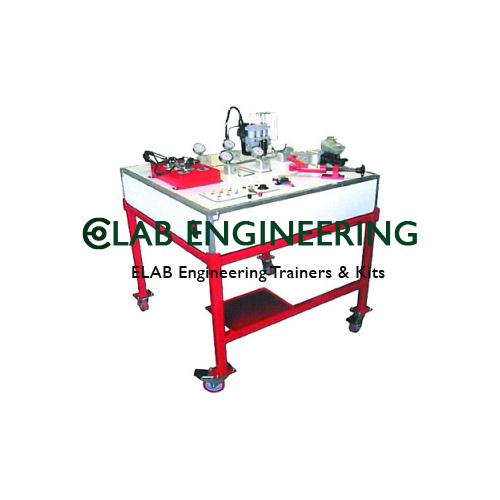
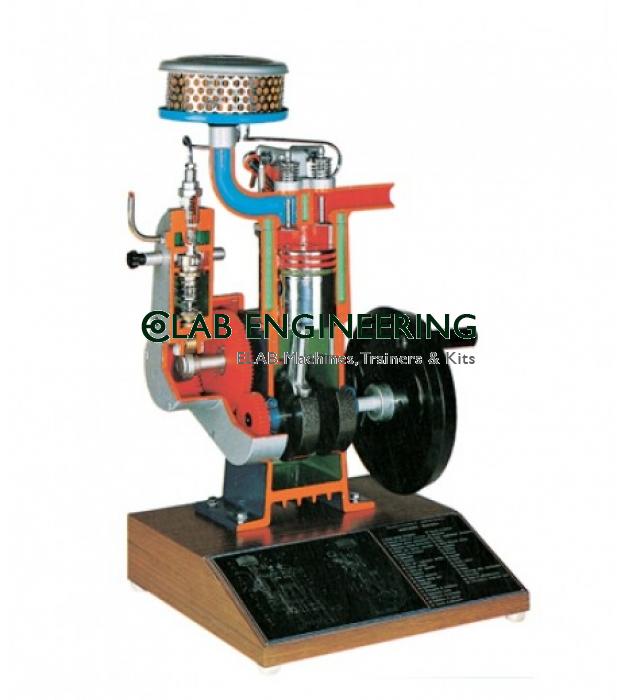
-lab-74867268.jpg)
-lab-629694997.jpg)
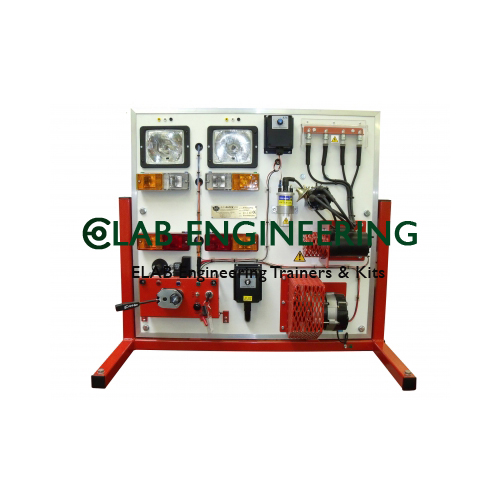
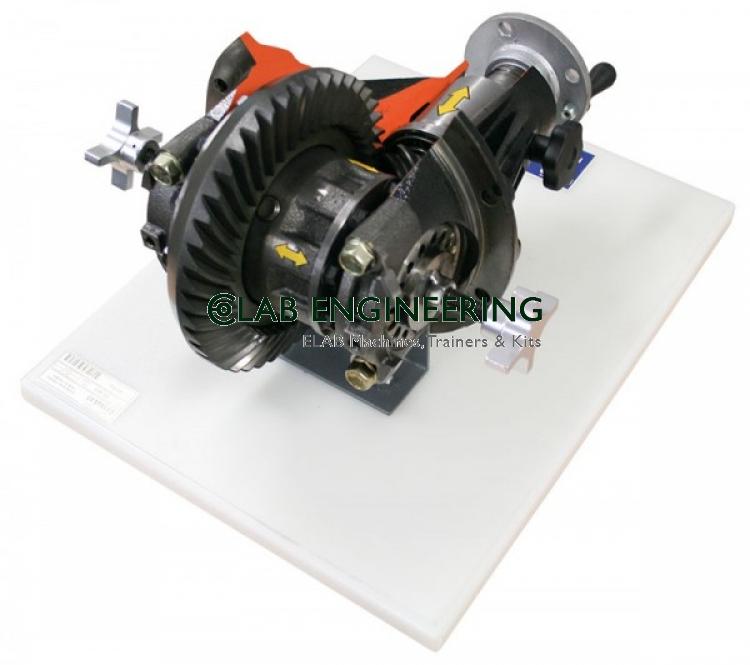
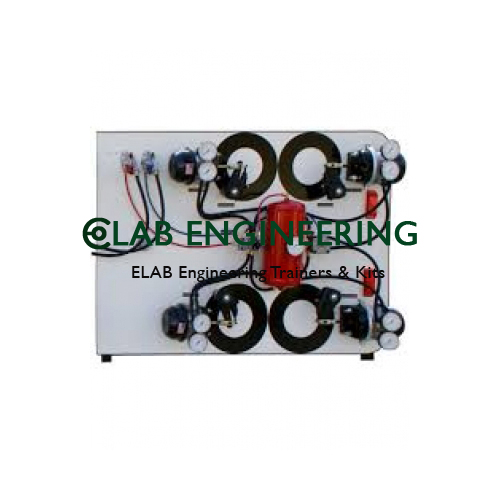
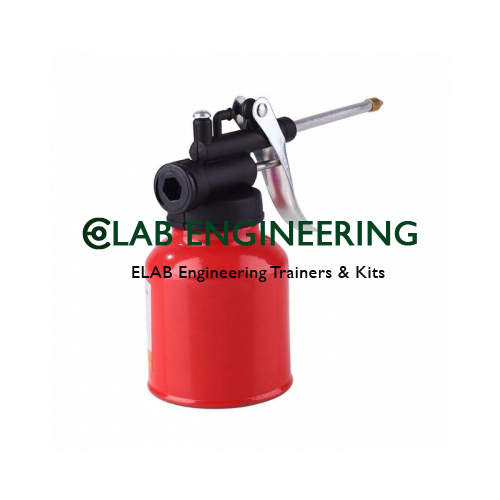
.jpg)
